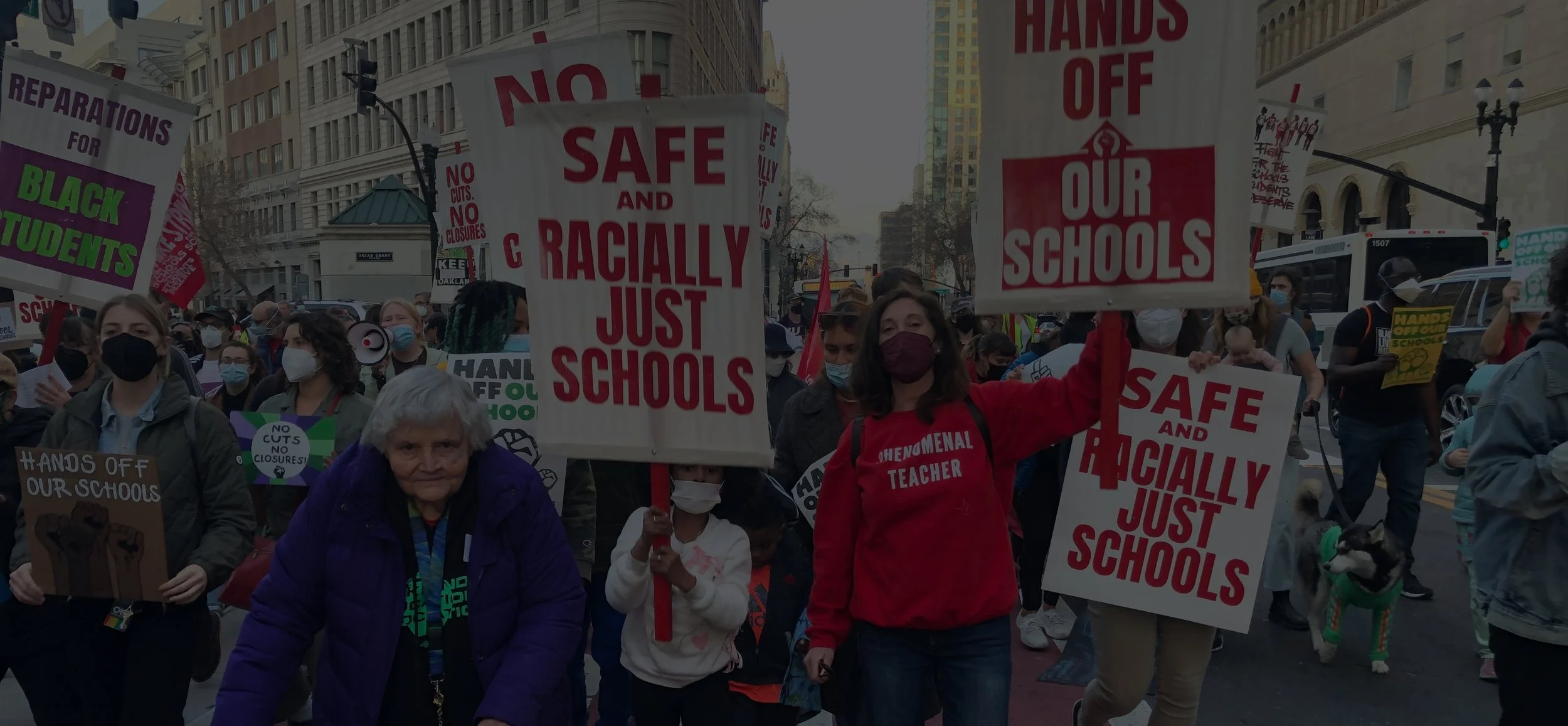Collaboration and Co-Critique
A Picture of Practice by 2017-2018 Agency by Design Teacher Fellow Monique Parrish
Monique Parrish is a 3rd grade teacher at Grass Valley Elementary School in Oakland. As part of her inquiry over the course of her fellowship, Monique wanted to learn how to enable a more engaged classroom where students supported and learned from one another, not just from her.
In Room 2, students are constantly moving about and are having many interactions throughout the day. My goal this year was to make the interactions more self directed, positive, engaging, helpful, supportive, diverse, and insightful. To support my goal, I decided to do an inquiry on collaboration and co-critique.
Inquiry Question: How can students collaborate and co-critique without teacher intervention, to achieve the learning goal for the group task?
In creating a culture of collaboration and co-critique in my classroom, I used various techniques and strategies to promote collaboration. I used Roles to promote collaboration during group work, and I also used collaboration surveys to help determine how students best work together.
I also used team building games. Together we discussed 'What is Team Work?' and came up with the following list:
Working on things we need to focus on
Working hard to help each other and figure out stuff as team
Help your partner build
And we also played many team building games:
- Rock, Paper, Scissors Showdown- The students partner and play rock,paper,scissors. the winner goes on to challenge another player and the other partner becomes the winner’s cheering fan. This continues until there is one winner and the entire class is cheering for them. After the game we had a discussion about what went well and not so well.
- 1,2,3- The students partner and alternate saying the number 1,2,3.
Co-Critique
I really wanted my students to be able to give meaningful, helpful, and deliberate feedback that would support their peers in refining their work. Therefore, I implemented a protocol for co-critique, which I discovered in the book “Visible Learners Promoting Reggio-inspired Approaches in All Schools,” By Mara Krechevsky, Ben Mardell, Melissa Rivard and Daniel Wilson
Critique Center (Looking, Noticing, Listening, Wondering, Inspiring)
Learners were asked to share their work with their peers and receive feedback to inspire ideas.
Students were taught to give feedback that is specific, (exact), kind, and helpful
Steps:
1. Looking- looking quietly at the work being presented
2. Noticing- This is the time to talk about noticings. What
do you notice? I notice that…………… I see that………………
3. Listening- The presenter will discuss their work
4. Wondering- What do you wonder about the work?
How did you…………..
What did you………….
I wonder why………….
5. Inspiring- friendly ideas to help improve or finish work
TakeAways: I learned that teaching kids to collaborate and co-critique can be a big task that has a lot of moving parts. Student need to be presented with many opportunities to collaborate and teaching collaboration is strategic. If you can put protocols in place, feedback can be very helpful and productive. I learned that not every student enjoys group work, but most students felt that they got along with their peers in a group (despite me observing disagreements). I also observed differences in attitudes towards collaboration depending on the task. I loved the fact that overwhelmingly, when the students were asked how they would solve a problem, they would ask their group for help, or have them apologize to each other.
Questions I still have: How do I make accommodations for students who would prefer to work alone or with the teacher? What does fully implemented collaboration look like?
"I believe that Making can bring out the best in students and make learning fun. When they're making students learn a variety of skills (social, creativity, and academic), students are vested in what they are making (because it's their project), and it's engaging."
Monique Parrish
Third Grade Teacher, Grass Valley Elementary School, OUSD
Monique Parrish is an educator in Oakland Public Schools, and is currently a third grade teacher at Grass Valley Elementary. She has lived in Oakland most of her life, and is herself a product of Oakland Public Schools. Monique is a married mother of three (two adults and a teenager), and enjoys art, teaching, eating, and cooking.






























